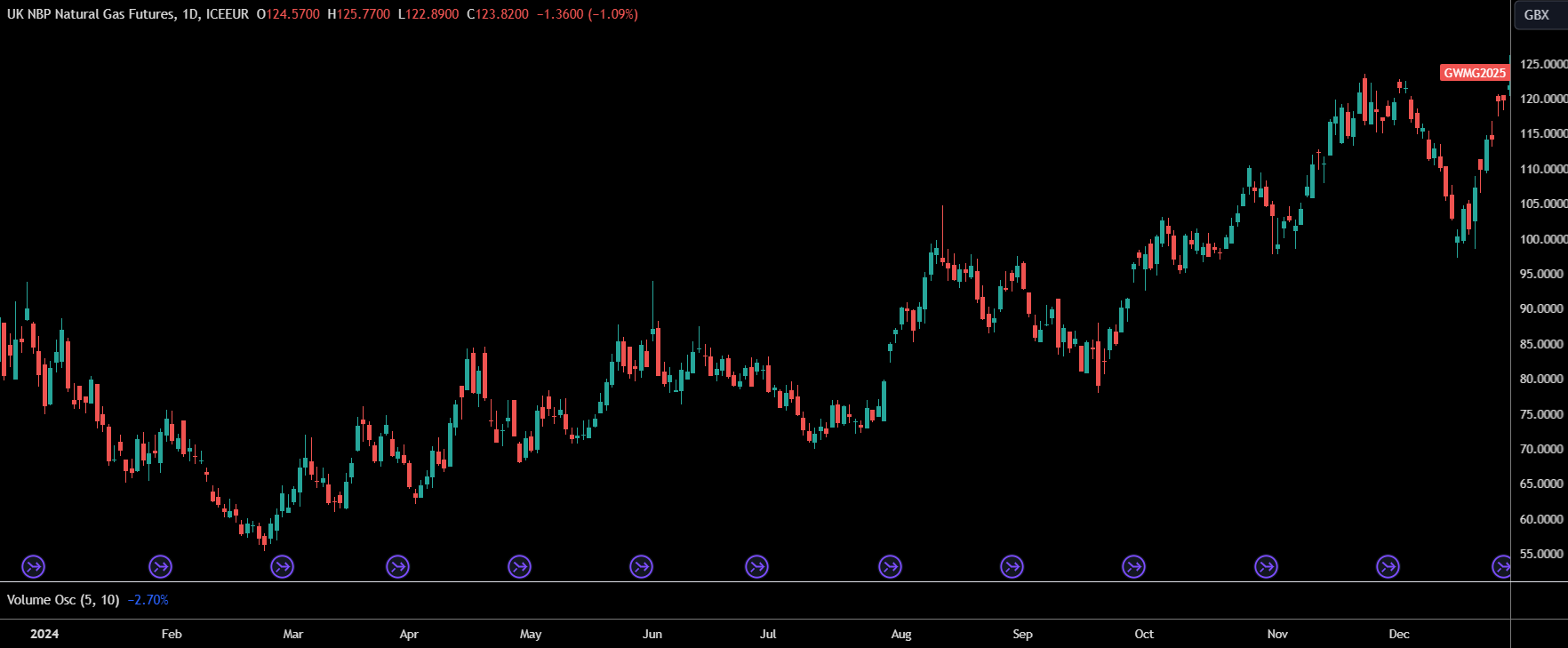August 2024 Review
August Review
By Adam Novakovic
As summer draws to an end, gas and electricity prices have been rising. Often the threat of colder temperatures is enough to create fears surrounding energy demand, but this year the reasons for rising prices have little to do with predicted winter usage. This article will cover the stories behind why prices rose throughout August and look at which factors are likely to impact energy prices for the remainder of 2024.
Wholesale energy prices peaked on the 10th, shortly after Ukrainian forces had crossed Russian borders and captured the Sudzha gas metering station. Initially, there were fears that fighting near the station may have caused structural damage that could impact the flow of gas into Europe. The Sudzha station is part of the only pipeline importing Russian gas into the continent, responsible for the flow of almost 15 billion cubic meters of gas per year. In spite of Ukrainian forces taking control of the station, gas flows have been reported to be unchanged, although it has spiked fears regarding the vulnerability of the pipeline.
Further east, conflicts between Israel and a number of neighbouring countries have become increasingly concerning. With Iran being dragged further into the conflict -- raising concerns of prolonged hostilities in the region -- there are growing worries about the safety of LNG shipments passing through the strait of Hormuz. These fears have been keeping prices high for the past few months and until the conflict looks closer to being resolved, this is a theme likely to be re-visited for the rest of the year.
Even further east, Japan and China both logged record temperatures this summer. This heatwave has led to an increased LNG demand, increasing global prices as multiple nations bid for the available supply. This has contributed to the high energy prices in the UK, but is unlikely to be a factor that has a long-term impact, especially as global LNG supply is set to increase over the coming months and years.
In recent years Norway has become the number one exporter of gas to Europe. However, in August, Norwegian gas fields entered a period of crucial maintenance work. This leads to a daily reduction of gas flow into Europe that is the equivalent to France’s daily gas consumption. Whilst the maintenance is essential and had been planned far in advance -- given the factors affecting supply from other parts of the world -- the market has been sensitive to the reduced Norwegian gas flows. These are set to continue into September, although normal service should be resumed before the end of the month.
Outlook
Looking ahead, Cornwall Insight’s forecast for energy prices has predicted that prices will remain above the pre-2022 levels for the foreseeable future. They believe the current trend of energy prices will continue into 2025 and beyond, with geopolitical unrest being a key driver behind prices.
In the coming month we can expect to get the first long-term weather forecasts that will give an indication as to how cold or mild this winter is anticipated to be. With gas reserves still at very healthy levels, anything other than a particularly cold winter would likely be positive for energy prices.
As with the majority of 2024, international conflicts impacting energy production and shipping are likely to be the main factors behind short-term price movement. However, with the Asian heatwave becoming less of a factor, and Norwegian gas flows expected to resume normal service, we should see prices start to drop towards the end of the month. Whether this begins a more sustained downtrend will likely depend on the development of the previously mentioned conflicts.
If your business requires advice with its energy procurement, management, or planning, then don’t hesitate to contact Seemore Energy to speak to experienced advisors who can help you with bespoke strategies and advice that is tailored to your needs.










